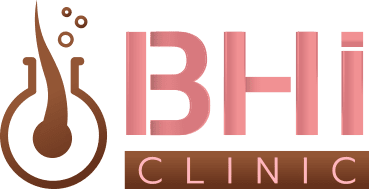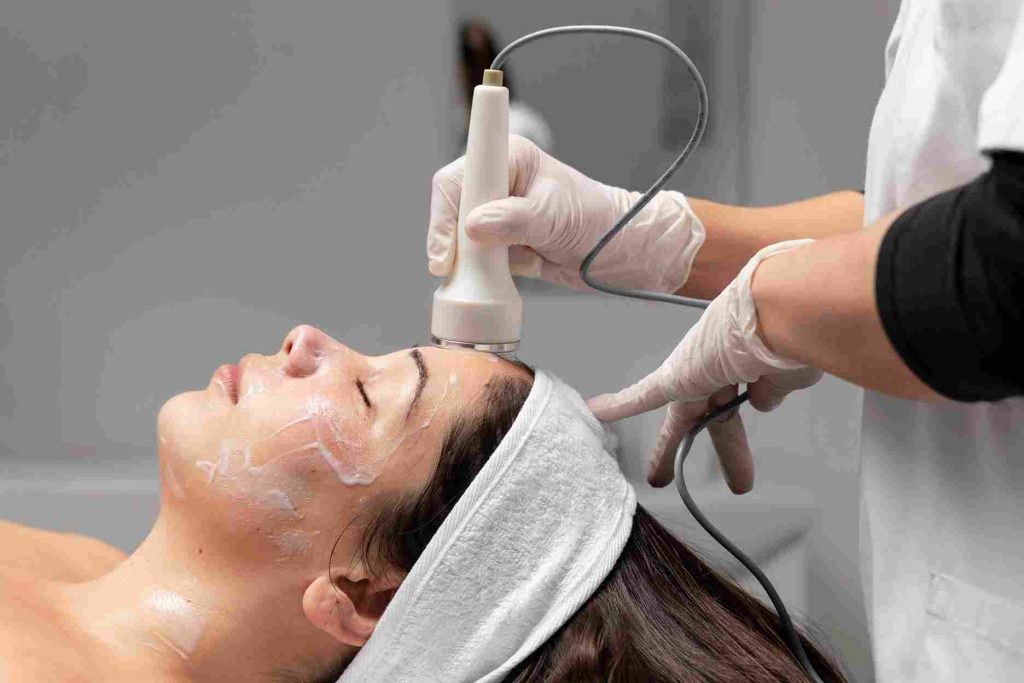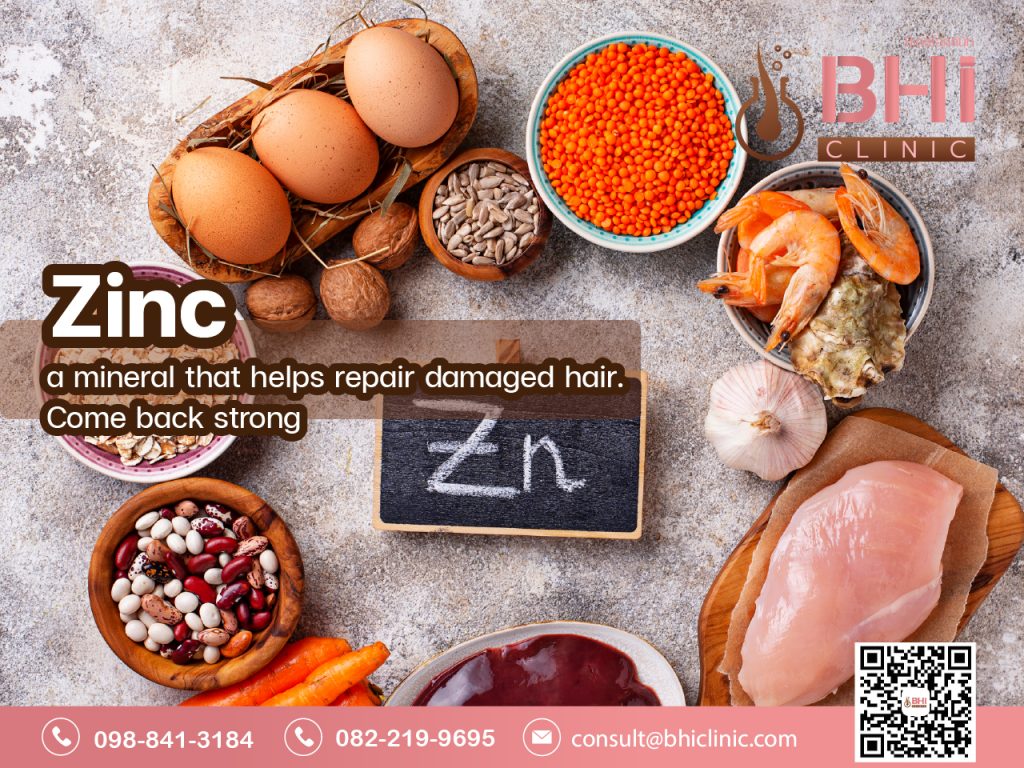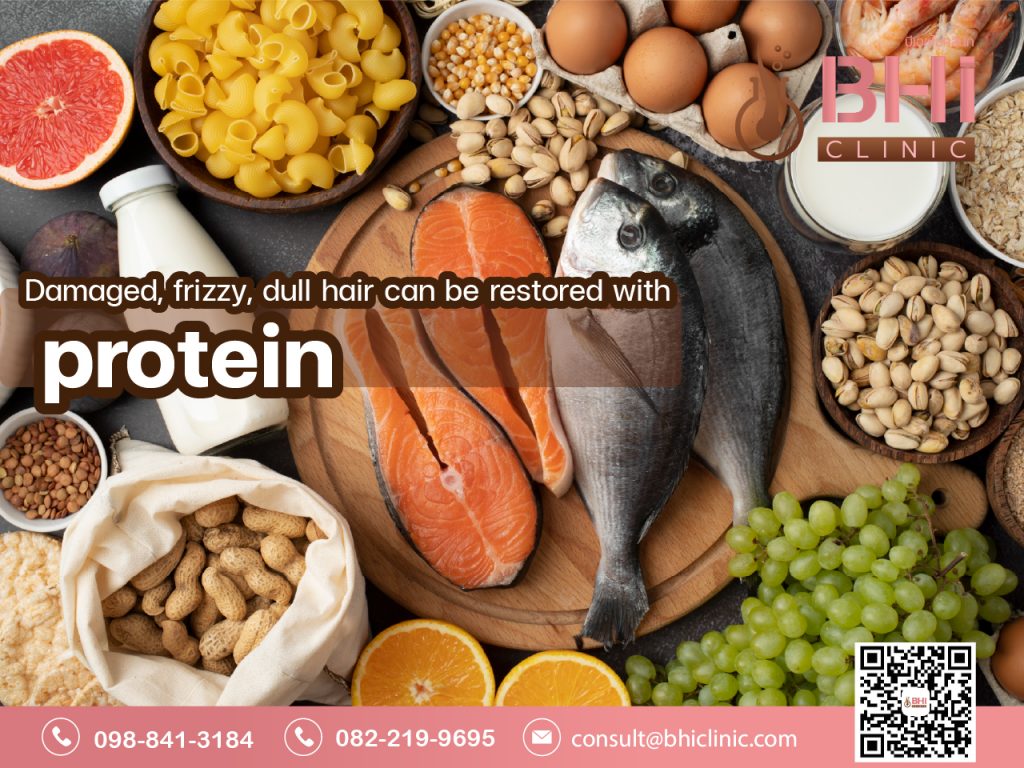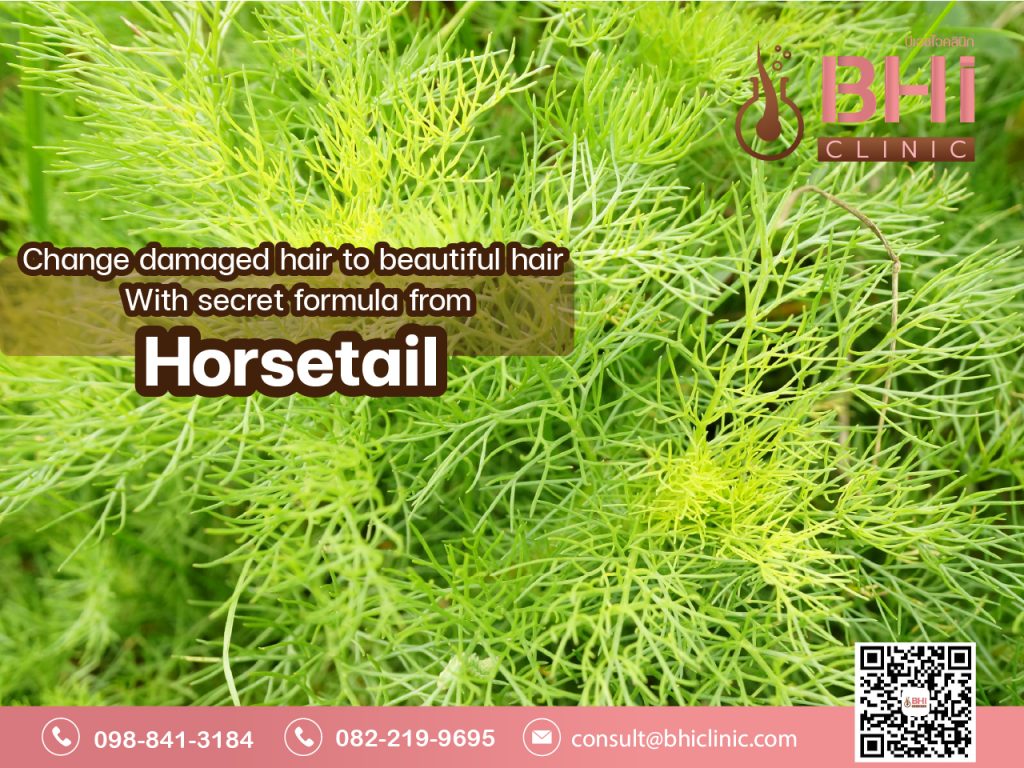The idea behind hair mesotherapy is that by delivering essential nutrients directly to the hair follicles, it can stimulate hair growth, improve hair quality, and prevent further hair loss. The injected nutrients are believed to nourish the hair follicles, improve blood circulation in the scalp, and balance hormone levels that can affect hair growth.
Hair mesotherapy is typically performed by doctors or trained medical professionals in a clinical setting. The treatment usually requires multiple sessions spaced out over several weeks or months to achieve optimal results. The number of sessions needed can vary depending on the individual's specific hair concerns and desired outcome.
OMG is the treatment protocol specifically programmed by BHI Clinic. The concepts of Mesotherapy are good for the patient who seek out a non-invasive method to improve hair vitality or sustain the result after hair transplantation.
The "cocktail" of substances used in hair mesotherapy typically includes a combination of vitamins, minerals, amino acids, and other nutrients that are beneficial for hair health and growth. While specific formulations may vary depending on individual needs and the preferences of healthcare providers, some common ingredients found in hair mesotherapy solutions include:
- Vitamins: Vitamins such as Biotin (Vitamin B7), Panthenol (Vitamin B5), Vitamin B6, and Vitamin E are often included in hair mesotherapy solutions. These vitamins play essential roles in promoting hair growth, improving hair strength and elasticity, and nourishing the scalp.
- Minerals: Minerals like zinc, copper, magnesium, and selenium are important for maintaining healthy hair follicles and supporting hair growth. These minerals help regulate scalp oil production, improve blood circulation to the scalp, and protect hair follicles from oxidative stress.
- Amino Acids: Amino acids are the building blocks of protein, which is crucial for healthy hair growth. Amino acids such as cysteine, arginine, and methionine are often included in hair mesotherapy solutions to provide the necessary nutrients for building strong, resilient hair strands.
- Coenzymes: Coenzymes such as coenzyme Q10 and NADH (nicotinamide adenine dinucleotide) are involved in cellular energy production and can help support the metabolic processes necessary for hair growth and maintenance.
- Hyaluronic Acid: Hyaluronic acid is a hydrating substance that helps maintain moisture balance in the scalp and hair follicles. It can improve scalp health, enhance hair elasticity, and prevent dryness and breakage.
- Plant Extracts: Some hair mesotherapy solutions may also contain plant extracts such as ginseng, saw palmetto, and nettle root extract, which have been traditionally used to promote hair growth and inhibit the effects of hair loss-causing hormones.
